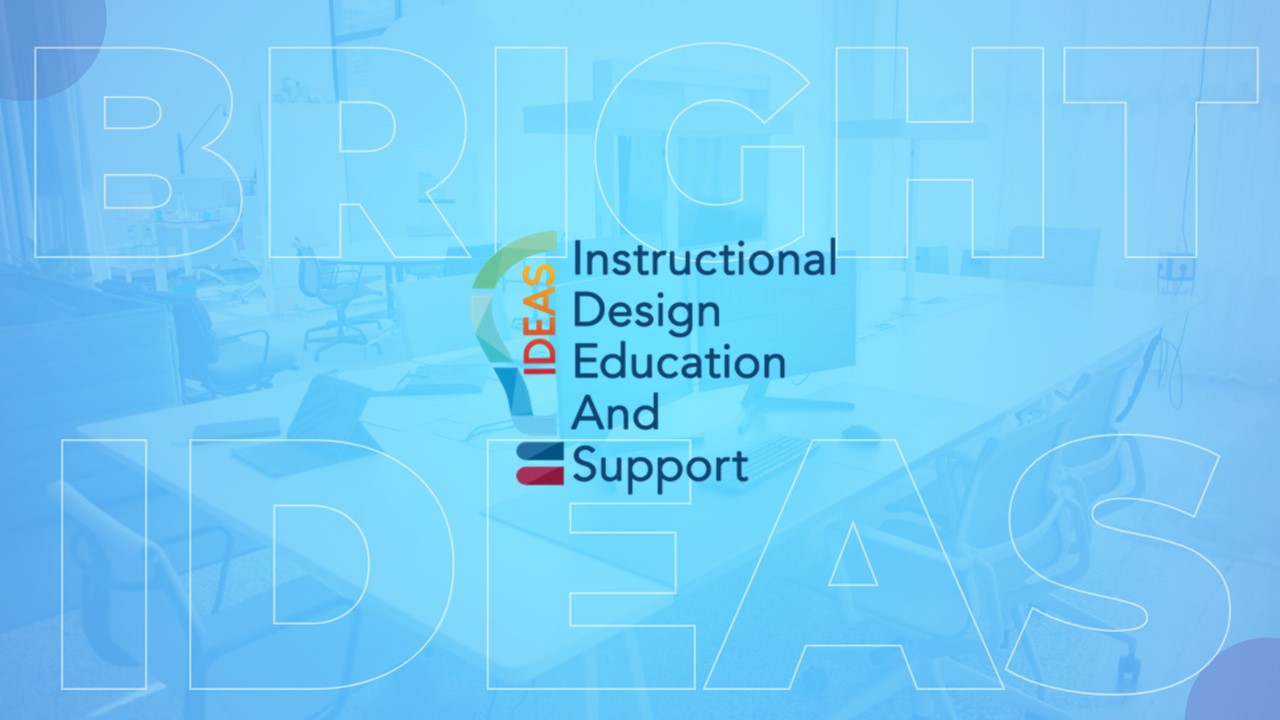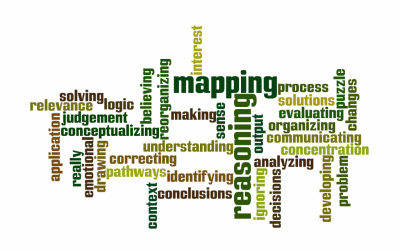Adding Visual Appeal to Your Online Courses
“There are three responses to a piece of design – yes, no, and WOW! Wow is the one to aim for.” – Milton Glaser
“Content precedes design. Design in the absence of content is not design, it’s decoration.” – Jeffrey Zeldman
“No design works unless it embodies ideas that are held common by the people for whom the object is intended.” – Adrian Forty
“Good design is obvious. Great design is transparent.” – Joe Sparano
What is Visual Appeal?
Visual appeal refers to the overall attractiveness and aesthetic qualities of a visual design, such as a website, graphic, product, or environment. It is the ability of an image, layout, or composition to capture and hold the viewer’s attention, evoke positive emotions, and communicate its message effectively. Visual appeal can be influenced by a variety of factors, including color, texture, symmetry, balance, contrast, and proportion. Ultimately, the goal of visual appeal is to create a pleasing and engaging visual experience that resonates with the viewer and leaves a lasting impression.
Why is Visual Appeal Important to Learning?
Incorporating visual appeal in online courses through the use of visual aids, multimedia, and engaging designs can have a positive impact on student engagement, motivation, and learning outcomes.
Higher Completion Rates: Visually appealing design positively affects student engagement and learning outcomes in online courses (McGivney-Burelle and Xie, 2019). The study found that students in courses with visually appealing designs reported higher levels of engagement and had higher course completion rates.
Better Test Performance: The use of multimedia and visual aids in online courses can enhance student learning and retention (Fetzner and Haskins, 2013). The study found that students who were exposed to multimedia materials had better recall of course content and performed better on tests than students who were only exposed to text-based materials.
Better Real-World Knowledge Application: The use of diagrams and illustrations improved student comprehension and retention of course material in an online science course (Kosaraju and Budhai, 2015). The study found that students who were exposed to visual aids had higher quiz scores and were better able to apply their knowledge in real-world scenarios.
Improved Time Management and Peer Interaction: The use of visual aids and multimedia in online courses can increase student engagement and motivation (Bell and Federman, 2013). The study found that students in courses with multimedia materials were more likely to complete assignments on time, participate in discussions, and interact with their peers.
Design Principles for Visual Appeal
The importance of applying design principles to online content extends beyond just aesthetic appeal. Well-designed online content can improve student success by enhancing the learning experience. By using design principles, content creators can produce visually appealing content that engages and motivates students to learn. Moreover, design can be used to guide the students’ attention towards important information and create a clear and organized learning pathway. Additionally, a consistent and visually appealing design can help to establish a sense of familiarity and comfort, reducing cognitive overload and stress. Ultimately, applying design principles to online content can improve student success by creating an engaging, enjoyable, and effective learning experience.
During the webinar, the design principles of Visual Rhetoric, Contrast, Repetition, Alignment, Proximity, Colors, and Fonts were shared:
Visual Rhetoric: Visual rhetoric is the use of images, shapes, colors, and other visual elements to communicate a message or persuade the audience. It is an essential design principle in creating visually appealing online content, as it can help to engage the audience and convey meaning. Effective visual rhetoric involves carefully choosing and arranging visual elements to create a cohesive and persuasive message.
Contrast: Contrast refers to the arrangement of visual elements to create a sense of difference or opposition. This design principle can be used to create emphasis, hierarchy, and visual interest in online content. For example, using contrasting colors or font styles can make specific content stand out and catch the audience’s attention.
Repetition: Repetition is the use of a consistent design element throughout online content to create a sense of cohesion and unity. This design principle can be used to reinforce branding, emphasize key messages, and create a sense of familiarity for the audience. Repetition can be achieved through the use of consistent colors, fonts, graphics, or other visual elements.
Alignment: Alignment refers to the arrangement of visual elements in a deliberate and intentional manner. This design principle can be used to create balance, hierarchy, and structure in online content. For example, aligning text or graphics to a grid can create a sense of order and make the content easier to read and understand.
Proximity: Proximity refers to the arrangement of visual elements in relation to each other. This design principle can be used to create a sense of connection and organization in online content. For example, grouping related content together can make it easier for the audience to understand the relationship between different pieces of information.
Colors and Emotion: Colors have a significant impact on the emotional response of the audience. Each color can convey a specific emotion or mood, and this design principle can be used to evoke specific emotions and create a desired response from the audience. For example, using warm colors such as red and orange can create a sense of urgency or excitement, while cool colors such as blue and green can create a sense of calmness or relaxation.
Fonts and Emotion: Fonts also have a significant impact on the emotional response of the audience. Different fonts can convey different emotions or personalities and can be used to create a specific tone or mood in online content. For example, using a handwritten font can create a sense of informality or playfulness, while using a serif font can create a sense of formality or tradition.
Creating Visual Appeal
Strategies and tools for adding visual appeal to a variety of content elements were shared during the webinar:
- Graphic Organizers – Canva
- Charts and Graphs – Lucid
- Infographics – Piktochart
- Timelines – Padlet
- Illustrations (Comics) – Go Comics, Comics Kingdom
- Characters (Avatars) – Avatar Maker, Avachara, Cartoonify, Character Creator
- Animations – EZGIF
- Stock Photos – Pexels and PowerPoint
- Icons – The Noun Project
- Smart Art and Add-ins – PowerPoint
- Photo Editing – PowerPoint
Resources
- Webinar Presentation (PDF Download)
- Webinar Recording (51:56)
Articles
- Kenneth Louis Smith, Handbook of Visual Communication. Routledge, 2005
- Rhetoric in Graphic Design
- Williams, R. (1994). The non-designer’s design book: Design and typographic principles for the visual novice. Berkeley, CA: Peachpit Press.
- Feeling Blue or Seeing Red? Similar Patterns of Emotion Associations With Colour Patches and Colour Terms
- Color Psychology: The Effects of Color
- Color Psychology: Does It Affect How You Feel? How Colors Impact Moods, Feelings, and Behaviors
- 12 Must-Have Visuals in an Online Course
- 6 Ways to Use School Appropriate GIFs in Your Teaching (plus Tools to Create Them)
- Using Humor in the College Classroom
- Tips on Using Humor in Online Learning
- 6 Benefits of Using Avatars in Online Learning
- 10 Best Avatar Creator Websites To Make Free Avatars Online
Tools
- Canva Color Wheel
- Lucid for Education
- Padlet
- Canva
- Pexels
- EZGIF
- Go Comics
- Comics Kingdom
- Avatar Maker
- Cartoonify
- Avachara
- Character Creator
Feedback? IDEAS Event Feedback Form
Questions? IDEAS@SPCollege.edu




